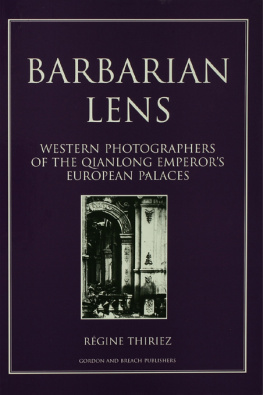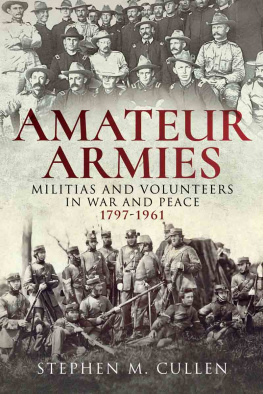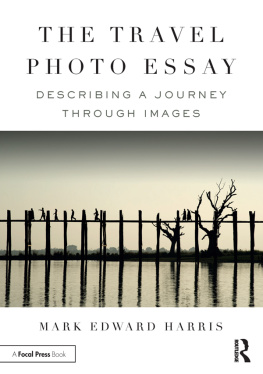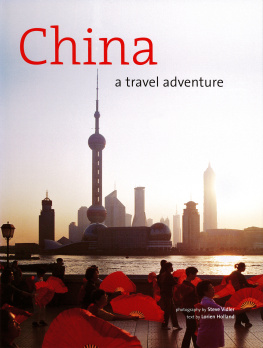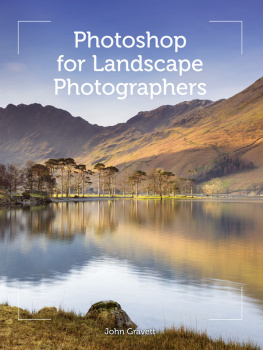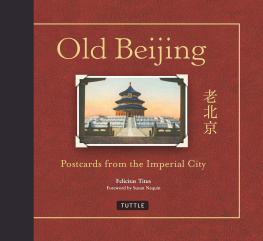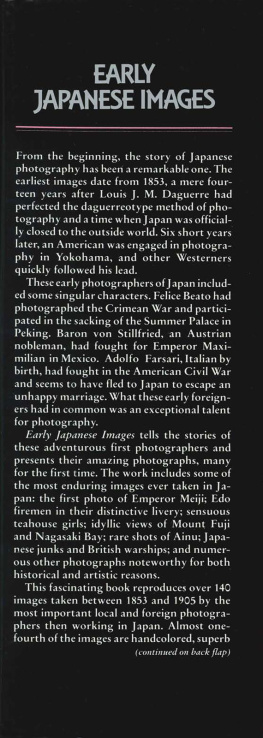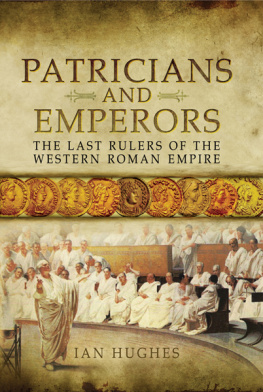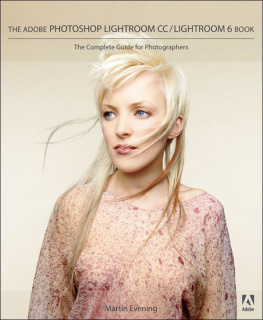. Court portrait of a prince in a Western setting, mid-eighteenth century. The model could be Yongzhan, a brother of the Qianlong emperor. Painting on paper, courtesy Freer Gallery of Art/Arthur M. Sackler Gallery, Washington, D.C.
Barbarian Lens
Documenting the Image
A series edited by
Helene E. Roberts, Visual Resources, Dartmouth College, Hanover, New Hampshire, and Christine L. Sundt, Visual Resources, University of Oregon, Eugene
Documenting the Image describes the history, influences, and implications of visual artifacts. Its goals include publishing monographs and reference books that promote visual collections around the world.
Volume 1
An Introduction to Iconography: Symbols, Allusions and Meaning in the Visual Arts
Roelof van Straten
Translated by Patricia de Man
Volume 2
Art History through the Cameras Lens
Edited by Helene E. Roberts
Volume 3
Remove Not the Ancient Landmark: Public Monuments and Moral Values
Edited by Donald M. Reynolds
Volume 4
A Higher Branch of the Art: Photographing the Fine Arts in England, 18391880
Anthony J. Hamber
Volume 5
Landmarks of Russian Architecture: A Photographic Survey
William Craft Brumfield
Volume 6
Barbarian Lens: Western Photographers of the Qianlong Emperors European Palaces
Rgine Thiriez
Additional titles forthcoming
This book is part of a series. The publisher will accept continuation orders which may be cancelled at any time and which provide for automatic billing and shipping of each title in the series upon publication. Please write for details.
Barbarian Lens
Western Photographers of the Qianlong Emperors European Palaces
Rgine Thiriez
Gordon and Breach Publishers
Australia Canada China France Germany India Japan Luxembourg Malaysia The Netherlands Russia Singapore Switzerland
Copyright 1998 OPA (Overseas Publishers Association) N.V. Published by license under the Gordon and Breach Publishers imprint.
All rights reserved.
No part of this book may be reproduced or utilized in any form or by any means, electronic or mechanical, including photocopying and recording, or by any information storage or retrieval system, without permission in writing from the publisher. Printed in Singapore.
Amsteldijk 166
1st Floor
1079 LH Amsterdam
The Netherlands
Cover: North Gallery of Xieqiqu from east, 1873, by E. Ohlmer. , authors collection.
British Library Cataloguing in Publication Data
Thiriez, Rgine
Barbarian lens : Western photographers of the Qianlong
Emperors European palaces. - (Documenting the image ; v. 6 - ISSN 10686894)
1. Yuan Ming Yuan (Peking, China) - History 2. Yuan Ming Yuan (Peking, China) - Pictorial works
I. Title
728.820951156
ISBN 90-5700-519-0
IN MEMORIAM
Hedda Morrison (19081991)
The death of Hedda Morrison on December 3, 1991, just ten days short of her eighty-third birthday, removes one of the last links with the small but astonishingly varied Western community that lived in Beijing in the 1930s. (A. Morrison, 1992).
Hedda Morrison, still known as Hedda Hammer, was a promising young photographer when she moved to Beijing in 1933 from Germany. She had been hired to manage the Hartung Photo Shop in Legation Street, which also created thematic albums of photographs of Beijing. Times were changing and, although a woman, she was in charge of a sizable staff of Chinese male workers. At the end of her contract in 1938, she turned to free-lance work.
In the late 1930s and early 1940s, during her free time she was taking personal fotos (sic) of everything in any way interesting to her (H. Morrison to author, April 15, 1990). This is how she made two small series of views of the European Palaces, which illustrate in the most striking way the final disasters that befell the site after 1925. When Morrison made those images, Beijing was occupied by the Japanese army, and times were very hard; survival, not building conservation, was the priority. As a German national and therefore allied with Japan, the photographer was not deported like other Westerners; to the end of the war she retained her freedom to go around city and country with her bicycle, camera and what little film she could procure.
After the war she married Alastair Morrison, an Australian she had known in Beijing in 1940. Between 1947 and 1967, they lived in Sarawak (Malaysia); there, as she had done in China, she recorded places, customs, crafts and changing cultures. The couple moved to Canberra, Australia, in 1967. In addition to publications on Sarawak, two volumes of her Chinese photographs were published in recent years. She also contributed to the illustration of a number of books and articles.
Hedda Morrison is no longer in Beijing. The Beijing she knew does not survive either, except in photographs.
__________
Hedda Morrisons negatives were given to Harvard-Yenching library by Alastair Morrison. Views of the European Palaces are numbered S 8394 to 8407.
CONTENTS
FIGURES
1. Court portrait of a prince in Western setting, mid-eighteenth century painting.
.
.
.
.
.
.
.
.
.
.
.
.
.
.
.
.
.
.
.
.
.
.
.
.
.
.
.
.
.
.
.
.
.
.
.
.
.
.
.
.
.
.
.
.
.
.
.
.
.
.
.
.
.
.
.
Photo Credits Numbers refer to figure numbers
Antoine Durand, Strasbourg, France:
Authors Collection:
Bibliothque Asiatique du Collge de France, Paris, France:
Bibliothque Nationale de France, Paris, France:
Bibliothque Thiers, Paris, France:
Charles Blackburn, Neuilly, France:
Durham University Oriental Museum, Durham, UK:
Ecole Nationale Suprieure des Beaux-Arts, Paris, France:
Freer Gallery of Art/Arthur M. Sackler Gallery, Washington, DC, USA:
The Sidney D. Gamble Foundation for Chinese Studies, New York, USA:
Hedda Morrison, Canberra, Australia:
Muse dOrsay, Paris:
National Museum of Denmark, Dept. of Ethnology, Copenhagen, Denmark:
Peabody Essex Museum, Salem, Mass., USA:
Rare Book and Special Collections Library, University of Illinois at Urbana-Champaign, USA, reproduced by permission:
Rockefeller Archive Center, North Tarrytown, NY, USA:
Royal Ontario Museum, Far Eastern Dept., Toronto, Canada:
Stadtmuseum, Uslar, Germany:
INTRODUCTION TO THE SERIES
Documenting the Image is devoted to describing the history, process, and use of visual documents. As many events and most artifacts are known and studied through images made of them, the study of the creation, collection, and use of these images becomes crucial to our understanding of the originals.

